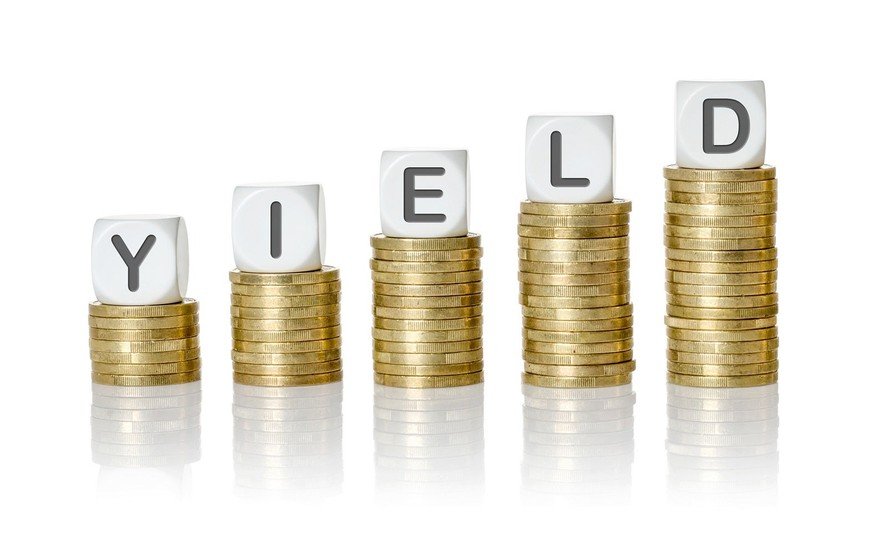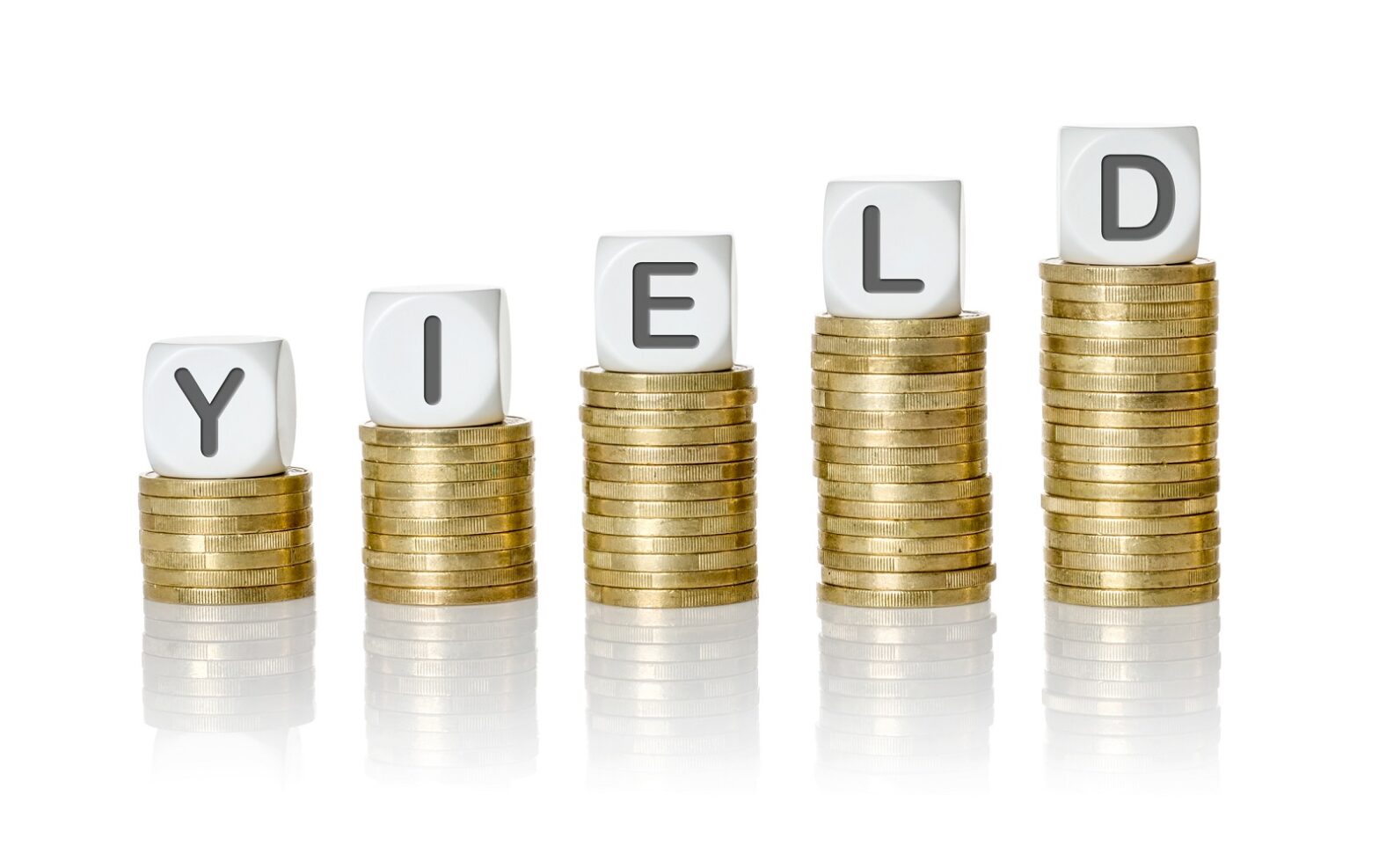The dividend yield is a ratio that shows how much a company pays out in dividends each year relative to its stock price. For example, if a company has a dividend yield of 5%, it means it pays out $0.05 in dividends for every $1 of stock price. Dividend yields can be useful for investors when considering which stocks to buy, as higher yields typically indicate that a company is paying out more of its profits to shareholders.
However, it’s important to remember that past dividend payments are not necessarily indicative of future ones, so investors should always do their own research before buying any stock.
Table of Contents
The Dividend Yield – Basic Overview
Dividend yield is a financial ratio that tells investors how much a company pays out in dividends relative to its share price. A high dividend yield indicates that a company is paying out a large portion of its earnings as dividends, which can be an attractive proposition for income-seeking investors. However, it’s important to remember that dividend yield is just one factor to consider when evaluating a stock; it’s not necessarily a buy signal on its own.
What Do Dividend Yields Mean?
Dividend yield is a financial ratio that shows how much a company pays out in dividends each year relative to its stock price. The dividend yield can be calculated by dividing the annual dividend per share by the price per share. For example, if a company pays $1 in dividends per share and the stock price is $100, then the dividend yield would be 1%.
The dividend yield is an important metric for income investors because it shows how much they are earning in dividends relative to the price of the stock. A high dividend yield means that investors are getting more bang for their buck, so to speak.
Of course, it’s not all about the numbers.
Income investors also need to take into account the quality of the company before investing. A company with a high dividend yield but poor fundamentals is not likely to be a good investment.
Income investors should also keep an eye on changes in the dividend yields of companies they’re invested in.
A sudden decrease in the dividend yield could be a sign that something is wrong at the company and that it may be time to sell.
Highest Dividend Yield Stocks
9 highest dividend-paying stocks in the S&P 500:
- No. 1: Pioneer Natural Resources Co. (PXD) Dividend yield (TTM): 10%
- No. 2: Coterra Energy Inc. (CTRA) Dividend yield (TTM): 9.3%
- No. 3: Vornado Realty Trust (VNO) Dividend yield (TTM): 8.8%
- No. 4: Altria Group Inc. (MO) Dividend yield (TTM): 8.3%
- No. 5: Devon Energy Corp. (DVN) Dividend yield (TTM): 7.3%
- No. 6: Newell Brands Inc. (NWL) Dividend yield (TTM): 7%
- No. 7: Verizon Communications Inc. (VZ) Dividend yield (TTM): 6.7%
- No. 8: V.F. Corp. (VFC) Dividend yield (TTM): 6.1%
- No. 9: Simon Property Group Inc. (SPG) Dividend yield (trailing 12 months, or TTM): 5.8%
The 5 Best Dividend Stocks In Bangladesh
- 1. LankaBangla Finance Limited: LankaBangla Finance Limited offers a dividend yield of 5.25%
- 2. Summit Power Limited: Summit Power Limited offers a dividend yield of 4.62%
- 3. BRAC Bank Limited: BRAC Bank Limited offers a dividend yield of 4.57%
- 4. Grameenphone Limited: Grameenphone Limited offers a dividend yield of 4.37%
- 5. Square Pharmaceuticals Limited: Square Pharmaceuticals Limited offers a dividend yield of 4.15%

Credit: www.fool.com
What is a Good Dividend Yield?
A dividend yield is a company’s annual dividend payments divided by its current stock price. For example, if a company pays out $1 in dividends per year and its stock trades for $100 per share, then its dividend yield would be 1%.
A high dividend yield can often be a sign that a stock is undervalued.
That’s because investors typically require a higher return from stocks that come with more risk. So, if a high-dividend stock is trading at a low price, it may indicate that the market thinks the company’s prospects are not good.
Of course, there are other factors to consider when determining whether or not to buy a stock.
A company’s dividend history, for instance, is also important. If a company has been cutting its dividends or skipping them altogether, then it’s probably not a good idea to invest in it no matter how high the yield is.
In general, though, stocks with high yields tend to be worth considering for investment purposes – especially if they appear to be undervalued.
Is 6% a Good Dividend Yield?
A dividend yield is the amount of cash dividends paid out by a company in a single year, divided by the company’s stock price. For example, if a company pays $2 per share in dividends in a year and its stock trades for $100 per share, then its dividend yield would be 2%.
In general, a higher dividend yield is better because it indicates that the company is paying out more cash to shareholders.
However, it’s important to remember that a high dividend yield can also be a sign that the company is in trouble and may not be able to sustain its current level of payments.
So, is 6% a good dividend yield? It depends.
If other companies in the same industry are only paying out 3% or 4% in dividends, then 6% may look attractive. But if those other companies are doing well and growing their businesses, while the company with the 6% dividend yield is struggling, then you might want to think twice before investing.
Is a Dividend Yield of 4% Good?
A dividend yield of 4% is good if the company is able to maintain its current dividend payments. However, if the company’s earnings decline, the dividend yield will increase and could potentially become too high, meaning that the company would be paying out more in dividends than it is earning in profits. However, as the inflation rate is rising, 4% does not look that good nawadays.
Conclusion
A dividend is a portion of a company’s profits that is paid out to shareholders. The dividend yield is the ratio of a company’s annual dividends per share to its stock price per share. Dividends are typically paid quarterly.
For example, if a company has annual dividends of $1 per share and its stock trades at $40 per share, its dividend yield would be 2.5%. ($1 divided by $40 equals 0.025, or 2.5%.)
Dividend yields can be used to compare different stocks or assess the attractiveness of a particular stock.
Generally speaking, a higher dividend yield indicates a more attractive stock. However, it is important to remember that past performance is no guarantee of future results.
